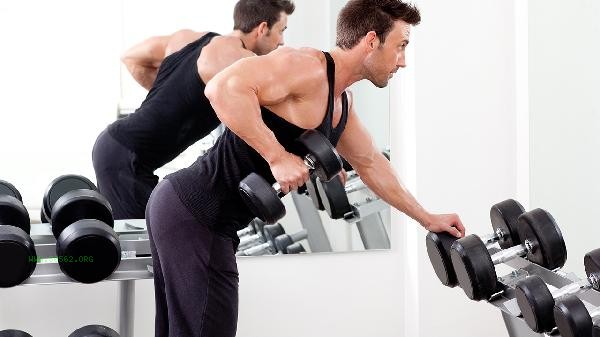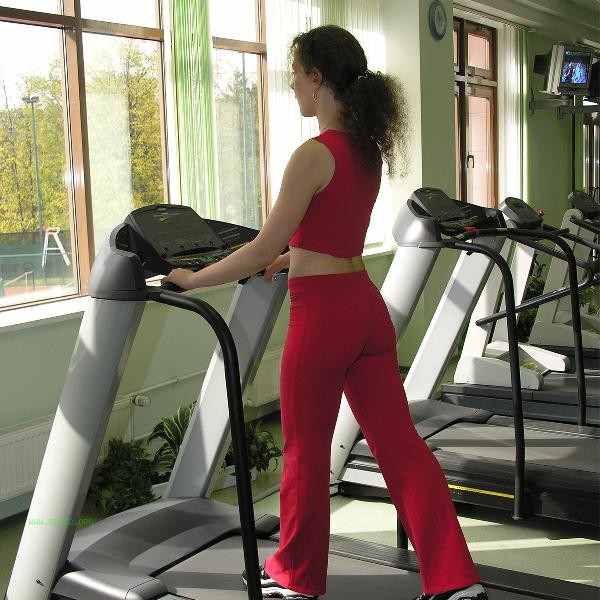For fitness and weight loss, it is recommended to choose staple foods with low glycemic index and high dietary fiber, mainly including brown rice, oats, sweet potatoes, whole wheat bread, and quinoa. This type of staple food can provide long-lasting energy and help control appetite.

1. Brown rice
Brown rice retains the rice bran layer and germ, and is rich in B vitamins and dietary fiber. Its glycemic index is lower than that of white rice, and its digestion speed is slow, which can avoid severe fluctuations in blood sugar. The gamma aminobutyric acid in brown rice helps alleviate post exercise fatigue and is suitable as a carbohydrate supplement after strength training. You can soak it in advance during cooking to shorten the cooking time.
2. Oats
Oats contain soluble beta glucan fiber, which can slow down gastric emptying and promote intestinal health. Eating oats before exercise can provide stable energy output, and its magnesium element can also help muscles relax. Choose whole grain pressed oats instead of ready to eat ones, and pair them with nuts to enhance satiety. People with gastrointestinal sensitivity are advised to start adapting from a small amount.
3. Sweet potatoes
Sweet potatoes are rich in vitamin A precursors and potassium elements, which help maintain electrolyte balance after exercise. The resistant starch content increases with the cooling process, and consuming it after refrigeration can reduce the heat absorption rate. Steaming and cooking is the best way to retain nutrients, and when paired with chicken breast, it can form a high-quality protein and slow carbon combination. Diabetes patients need to control the single intake.

4. Whole wheat bread
Whole wheat bread is made by grinding whole wheat, which contains three times more dietary fiber than white bread. Eating boiled eggs with exercise can replenish carbohydrates and protein at the same time. Pay attention to whether the first item on the ingredient list is whole wheat flour to avoid products with high sugar content. People with gluten intolerance can choose buckwheat or gluten free alternatives.
5. Quinoa
Quinoa is a rare source of complete protein in plants, containing essential amino acids for the human body. Its low starch and high protein properties are particularly suitable for evening meals, and magnesium and manganese elements can promote recovery after exercise. Before cooking, it is necessary to thoroughly rinse and remove saponins. Mixing with vegetables can increase nutrient density. Individuals with thyroid dysfunction should control their intake frequency.

During the fitness period, it is recommended to mix a variety of protein and vegetables as the main food intake, with each meal being controlled within the size and volume of a fist. Supplementing carbohydrates within 30 minutes after exercise can help restore muscle glycogen, and choosing a slower digesting staple food for dinner can reduce nighttime hunger. Maintain a 4:1 ratio of carbohydrates to proteins over the long term to avoid complete carbon depletion affecting athletic performance. Water intake should be increased compared to regular days, and replacing refined grains with miscellaneous grains can significantly improve fat loss efficiency.






Comments (0)
Leave a Comment
No comments yet
Be the first to share your thoughts!